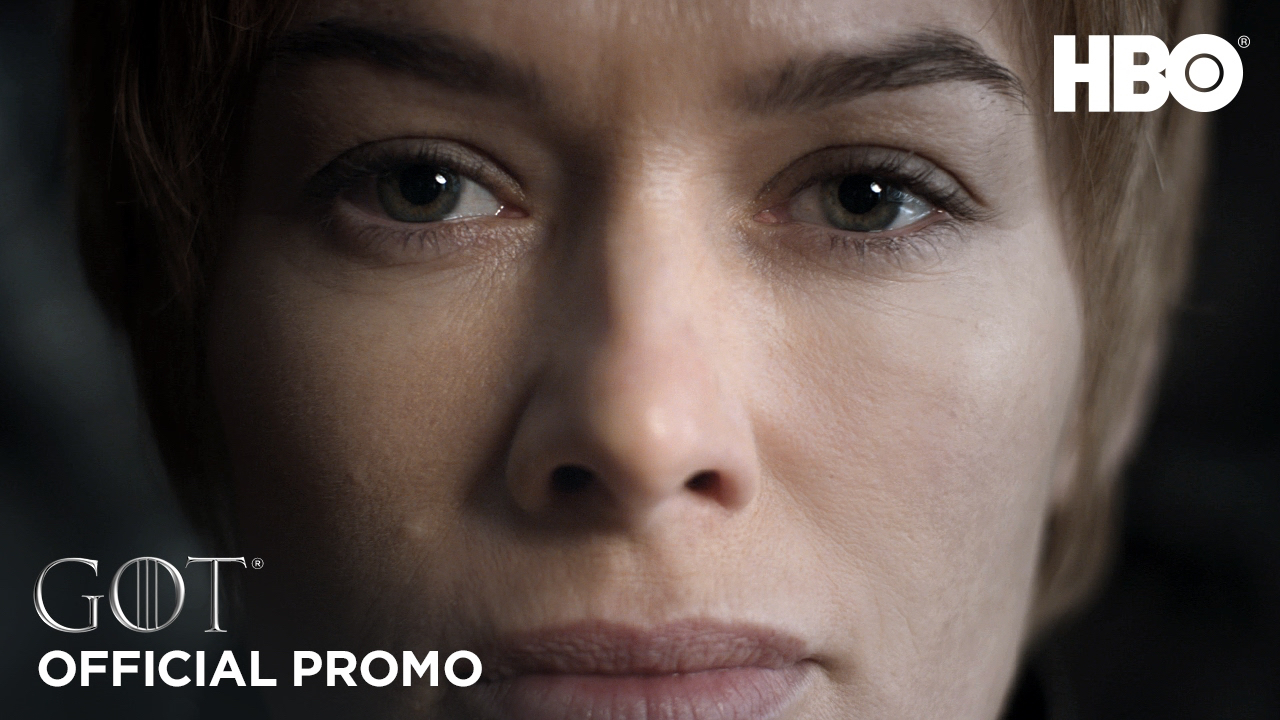To get things started this morning, we have some free association for you on social media (personal and for your business), Generation Z and fintech…
Are you worried about what a border guard can see of your social media profile? Or maybe you don’t want your boss (or underlings) to see certain photos you’re sharing with your BFF? Gizmodo has a good guide to “How to Make Your Social Media Accounts as Private as Possible,” which covers Facebook, Twitter and Instagram. Note the qualifier here: “as private as possible.” The best way to maintain your privacy? Ditch social media entirely, if only because when a product is free, you’re the product that’s being sold.
Still insisting your company should be on social media? We could (and have) made impassioned arguments for why that’s not the case. But if you must — and if you’re in finance — go read Tearsheet’s “How finance brands use Instagram.” Hint: It’s not to publicize their earnings releases or the last transaction they closed, but to engage with retail customers and to recruit new talent.
And before we get off the subject of Instagram: Bloomberg has an interesting look at how “Instagram Killed the Retail Store,” suggesting that the kids in Gen Z are “rewriting the rules of selling fashion.”
While you’re on Tearsheet, go read about how “RBC is using video conferencing to bring the human touch back to banking,” which the site says (speaking the blatantly obvious) “could be a sign of an emerging consensus that digital banking may always require some form of human connection.”
Fintech drama: Then hop over to the New York Times’ Dealbook, where Nathaniel Popper has a great profile of Renaud Laplanche, the fintech entrepreneur who founded and led what was then the world’s largest peer-to-peer lender — Lending Club — to IPO and was ousted by his own board. He briefly plotted a hostile takeover, and now he’s back with Upgrade, a new platform that will compete head-to-head with Lending Club (where he still owns stock). It’s his first interview since he was booted. We’re going to be following this saga for some time.
Gen Z, by the way, is still not a “set” thing. The generation of kids that follows the millennials is generally accepted as being those born between 1994 and 2014, but we’ve seen date ranges shifted a few years in each direction. The New York Times had a nice piece a couple of years back that looks at the hallmarks of the “next big thing for market researchers, cultural observers and trend forecasters” (it defines them as kids born 1996-2010 against millennials born 1980-1995). Google recently released a paper headlined “It’s lit: A guide to what teens think is cool” including favourite technologies, pastimes, celebrities, and brands. What are the favourite brands of today’s teams? Youtube, Netflix, Google, Xbox and Oreos are the top five.
On, and speaking of tech: Android is now officially (by a hair) the world’s most popular operating system with internet users across the globe, edging out Windows with a 37.93% market share in March against Microsoft’s 37.91%, according to CNET.









